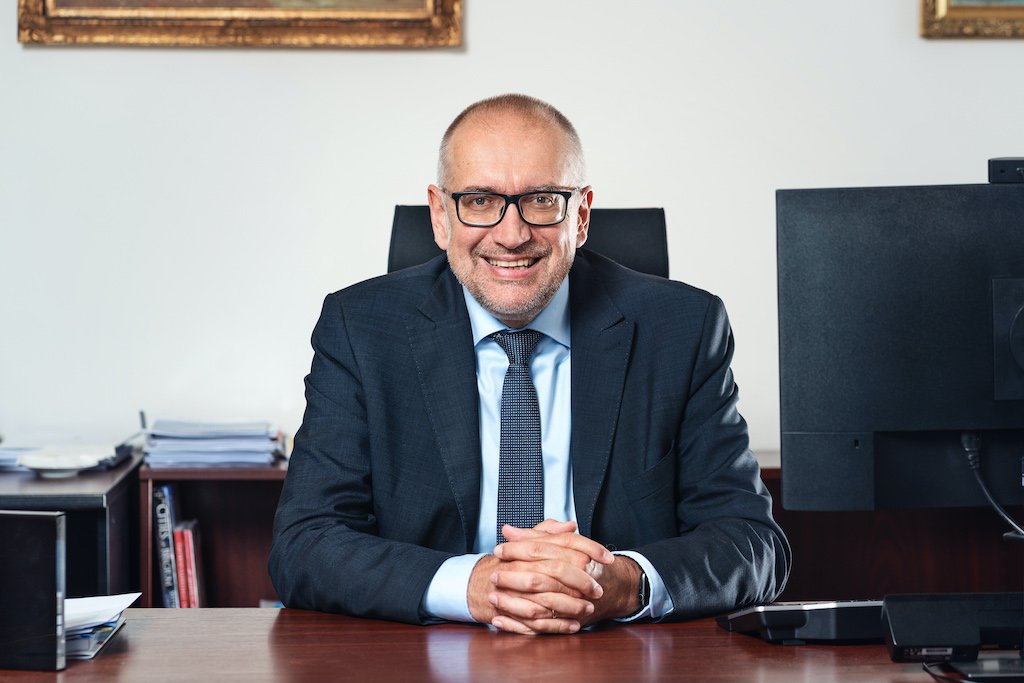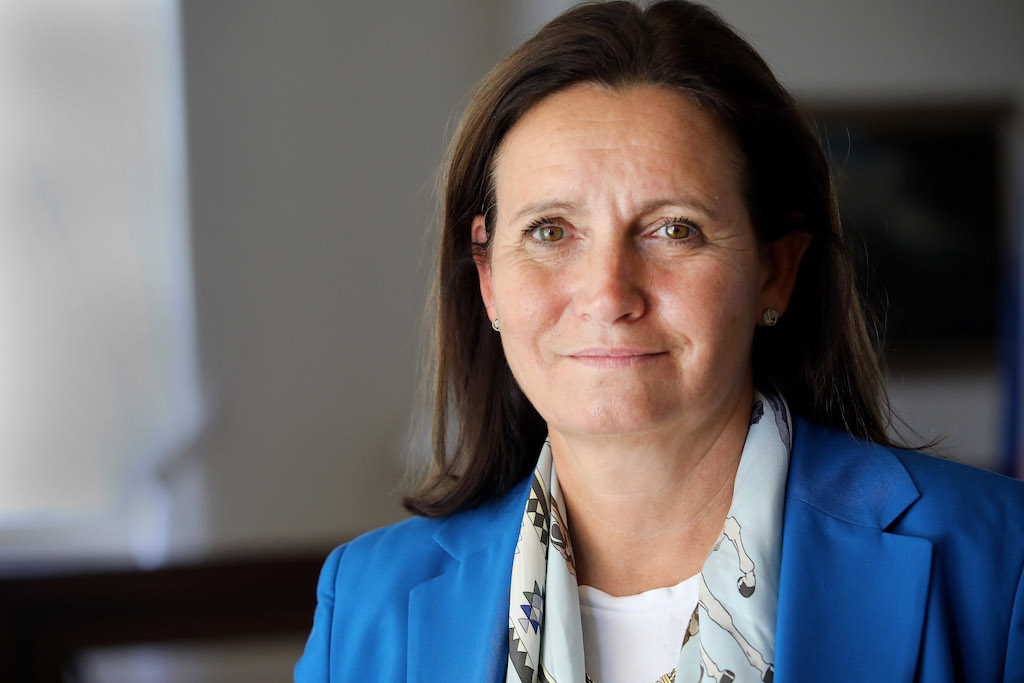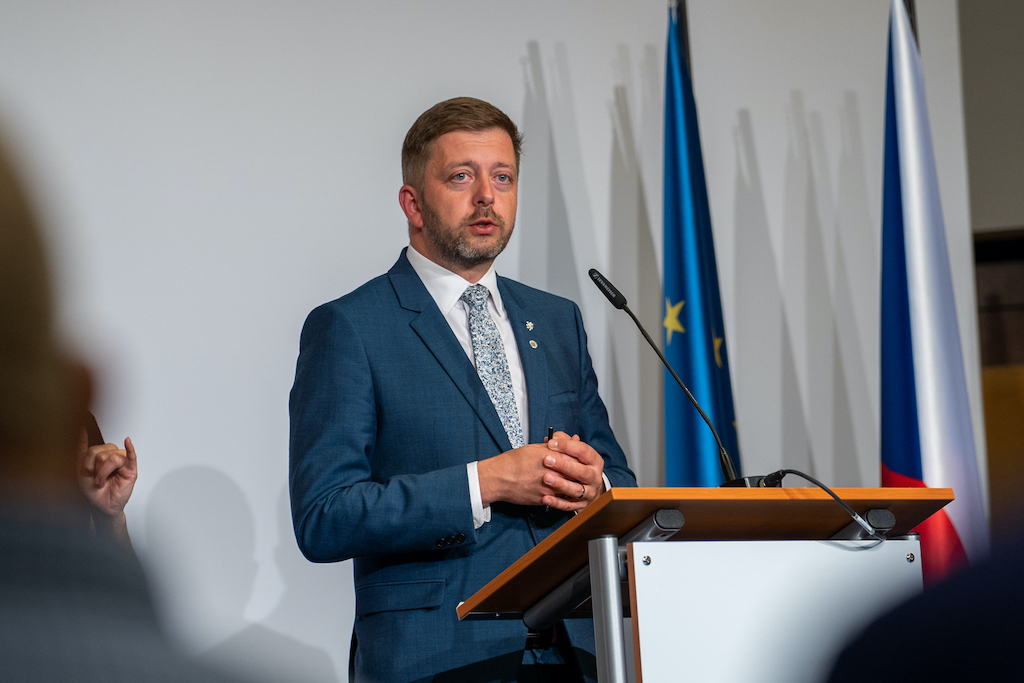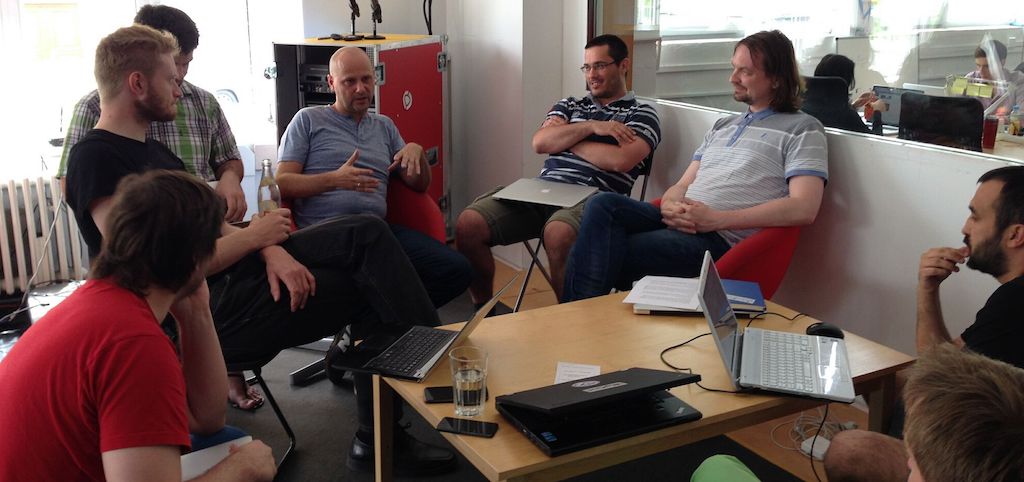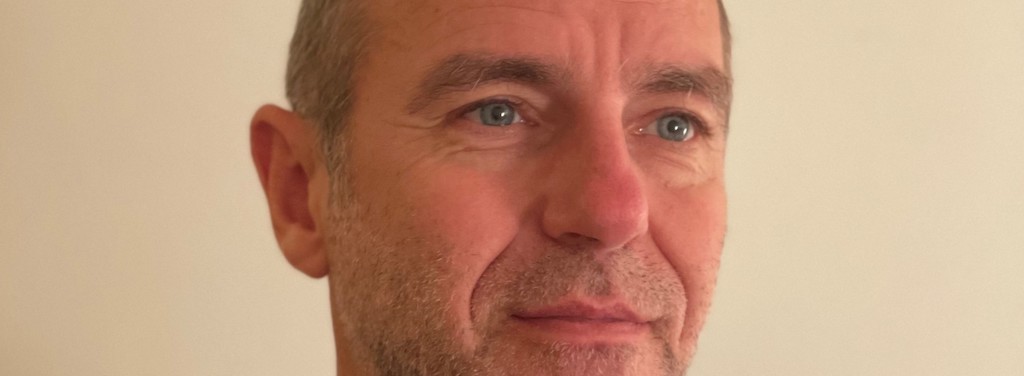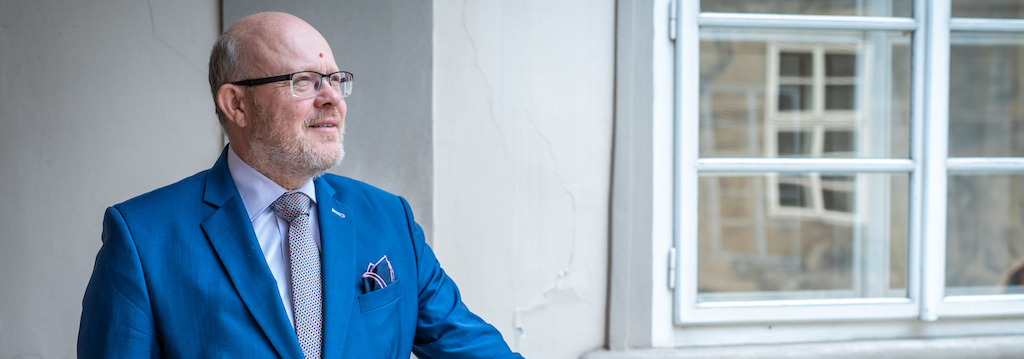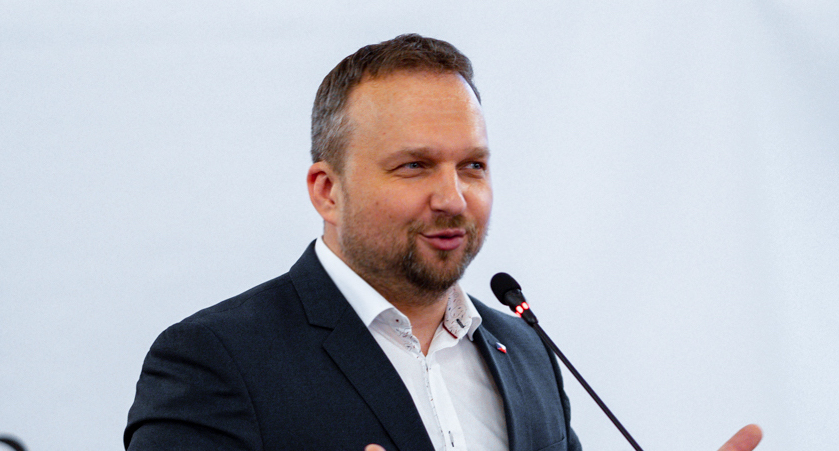Could you talk to us about the Société du Grand Paris? What are your tasks and responsibilities?
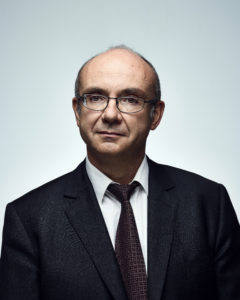
The Société du Grand Paris is the public company responsible for building the Grand Paris Express, the city’s new metro. It is an unparalleled project in Europe that involves the construction of 200 kilometres of metro, the doubling of the existing network. This new metro has resulted in the creation of four new ring-road lines around Paris and the extension of line 14, north to Saint-Denis Pleyel and south to Orly airport. 68 new stations will be spread over the territory and come to structure it around new urban centres that will accommodate housing, businesses, services and shops.
The Société du Grand Paris is responsible for carrying out this gigantic project to completion in accordance with a schedule readjusted by the government last February. The first lines will be put into service in 2024 and the last in 2030. The challenge is massive since we must achieve in fifteen years the equivalent of what has been achieved in a century. This shows you the extent of the project.
You were appointed at the Council of Ministers on May 30, in what contexts do you ensure your actions? What commitments and what roadmap will you put in place?
First, I want to acknowledge the hard work done by my predecessors and the company’s teams. They successfully conducted the dialogue with the territories and put the project on track. The elected officials are still mobilized and the government, through the voice of Prime Minister Edouard Philippe, confirmed the completion of the project in its entirety. All signals are green.
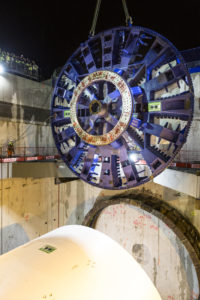
The project is now entering the construction phase. On line 15 South, between Pont-de-Sèvres and Noisy-Champs, the sites are visible everywhere and are already very impressive. A tunnel boring machine is already digging between the Champigny and Villiers-sur-Marne operations centre. Another will start digging in August from Noisy-le-Grand to the Bry-Villiers-Champigny station. In total, there are ten tunnel boring machines that will take action on this 33-kilometer line by 2020. On line 14 South, from Olympiades to Orly airport, the civil engineering contracts are assigned and constructions are starting. On line 16, the preparatory work to divert the concession networks is largely completed and the civil works are starting between Saint-Denis Pleyel and Blanc-Mesnil. Part of this line, between Saint-Denis Pleyel and Aulnay, will be ready in 2024 to serve the Olympic venues.
My roadmap is very clear: I am the warrantor of the full and complete realization of the Grand Paris Express, within the deadlines, with respect to the cost projection set by the State and in transparency with regard to the territories, residents and future users. Risk management will be my guideline for mastering schedules and costs. We will make every effort to identify them, anticipate them and be able to make quick decisions when they are needed.
Mobility, transport infrastructure and urban development are major topics of the energy transition, what will your approach and that of the stakeholders be?
The Grand Paris Express is the new metro that will structure the metropolitan practice of spaciousness by the inhabitants of the Ile-de-France territories. It is an economic, social, urban and environmental project. The challenge is therefore to build a denser, more intense city and limit urban sprawl so that the city is greener and more respectful of the environment.
On the environmental front, the Grand Paris Express will help diminish the use of the car. A simple example: today, 80% of trips to and from Orly and Roissy airports are made by car. Tomorrow, with the Grand Paris Express, the two airports will be connected to the entire metropolis thanks to the new lines. Thus, a researcher arriving in Orly will only take 18 minutes to get to the laboratories of the Saclay plateau instead of 1:03 hours today.
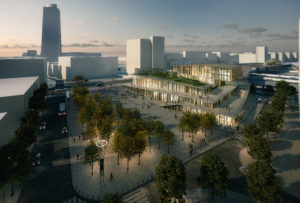
©Société du Grand Paris / Agence Kengo Kuma & Associates
What will the socio-economic implications of the project be?
The Grand Paris Express has a major vocation: to improve the lives of millions of residents from the Greater Paris Region. The new metro network will support the city’s future development, including transportation and housing. That’s why the inhabitants of Greater Paris support our project with strength and enthusiasm. They are always more numerous to participate in the visits and appointments we organize.
The Grand Paris Express is also, in the short term, the project of good news for employment and for the order books of companies. From the construction phase, the benefits are felt seeing that 5,000 people are already working on it. It is a dynamic project that gives impetus to all stakeholders, including businesses. 1,000 companies, including 612 in Paris, are working on the new metro. 316 million euros are already committed to SMEs. The project is an opportunity for unemployed people, since the Société du Grand Paris guarantees that 5% of the hours worked on the sites are reserved for insertion.
In the longer term, the socio-economic benefits for Greater Paris and France will be unprecedented. The initial operation of the Grand Paris Express will generate a GDP increase of around 100 billion euros; or 4 billion euros per year for about 25 years. In concrete terms, this means more wealth for the capital region but also for the country as a whole since Ile-de-France produces 30% of the national GDP but consumes only 22%. In terms of employment, the network will have created at least 115,000 jobs by 2030 in addition to the 685,000 that will be created by the projected growth of the region.
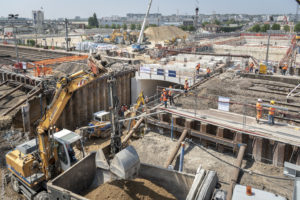
Investors have already understood the opportunities generated by this new network and new projects are emerging everywhere. Contributing to the construction of housing is the other priority of Société du Grand Paris which initiates real estate programs over its stations. Nine projects related to the stations are already attributed to Créteil l’Échat, Issy RER, Bagneux M4, La Courneuve “Six Routes”, Bry – Villiers – Champigny, Kremlin – Bicêtre Hospital, Les Ardoines, Le Vert de Maisons and Châtillon – Montrouge. 24 other projects are under study, spread over the entire network. Beyond these projects, the Grand Paris Express will participate in the construction dynamic initiated by the implementation of stations and promote the transformation of neighbourhoods.
What is the message you would like to convey to the French and European citizens who are at the centre of this wonderful project?
The Grand Paris Express is the project of a generation. This new metro will allow new mobility, considerable time savings and the birth of new neighbourhoods that will come to give consistency to Greater Paris. This project is the confirmation of the French ambition to keep Paris at the level of major world cities. With this metro, we are building an ecological and inclusive city that gives everyone a chance.








